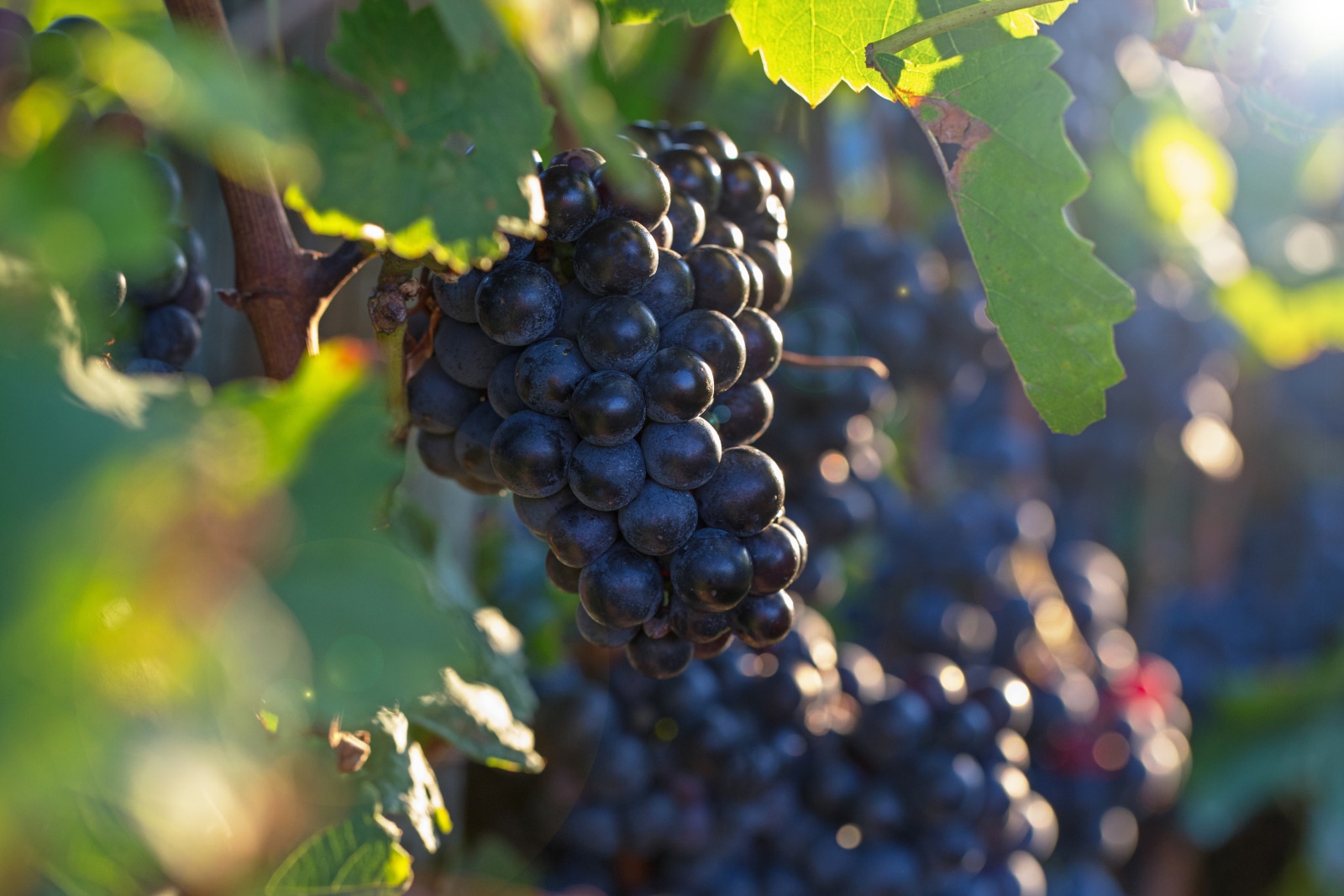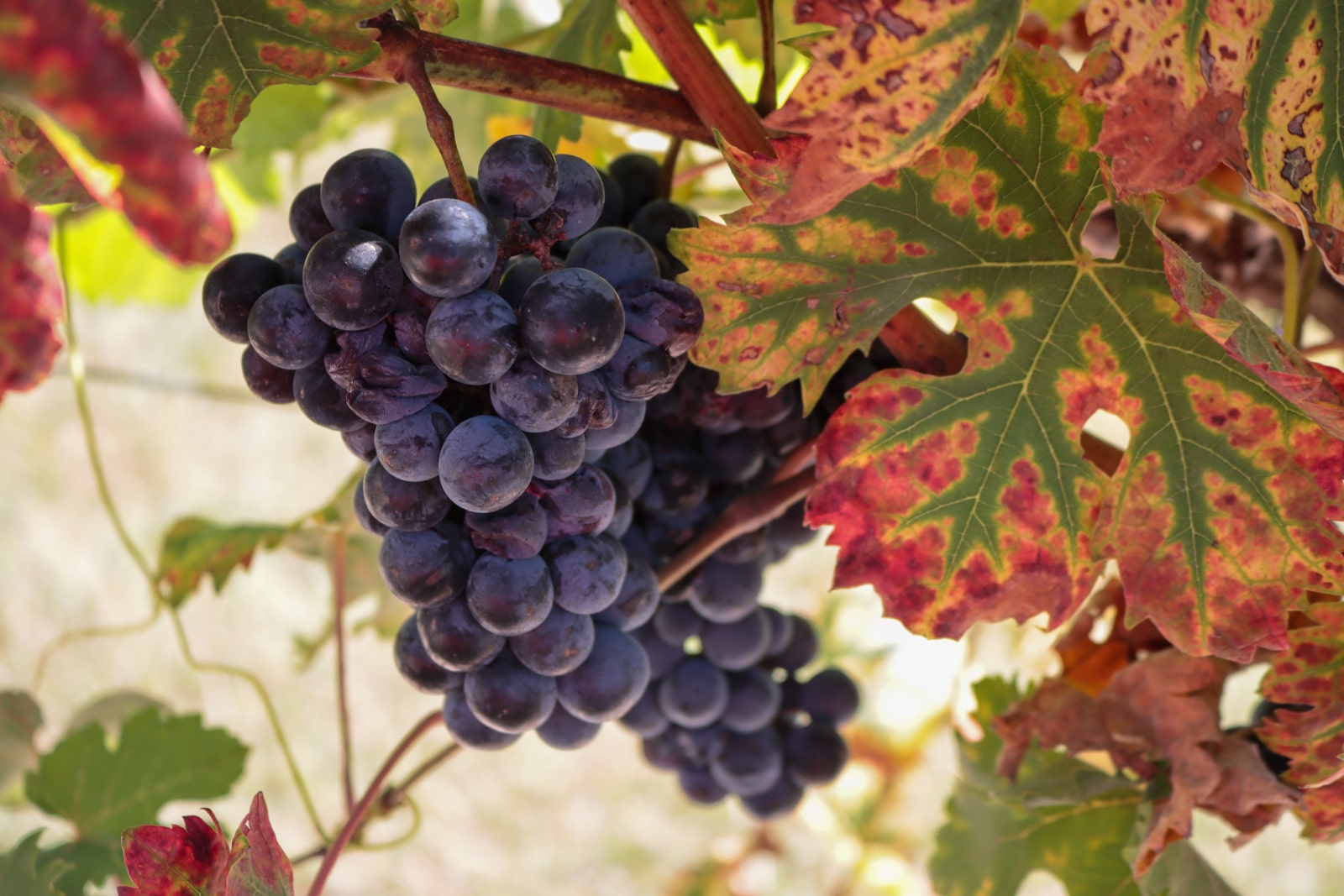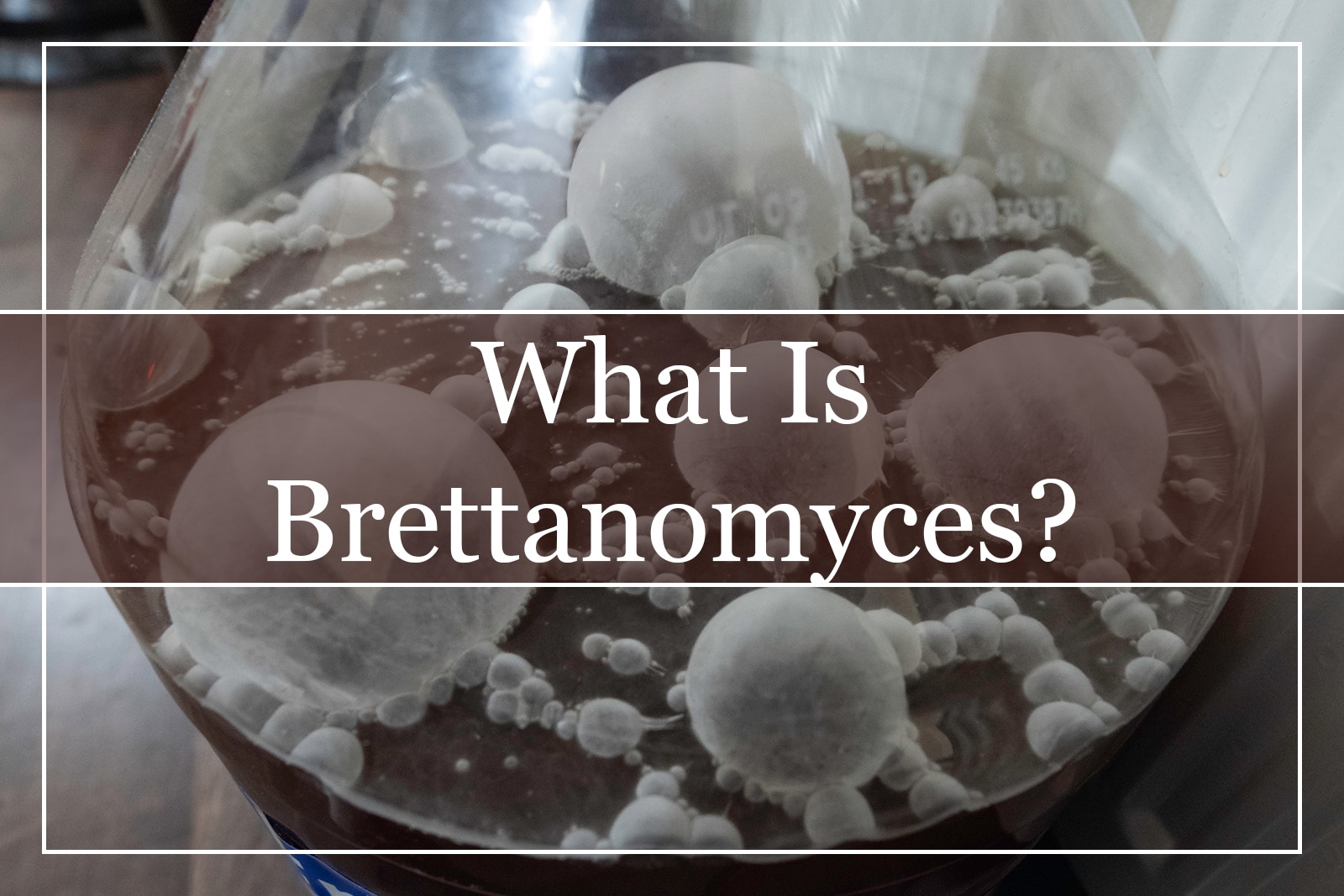Tannins are perhaps the most important structural component in red wines since, essentially, they are a wine’s pucker power. They are extracted from the grape skins, stems, and seeds during alcoholic fermentation. Technically speaking, tannins are plant-derived polyphenols. For example, except grapes, and subsequently wine, tea also has tannins. Red wines that remain in contact with the grapes for a long period tend to have higher tannins.
Tannins bind to the saliva and cause the mouth to dry up and feel a bit rough. That said, they do contribute to the textural richness of the wine. The drying sensation is felt most clearly on the gums above the front teeth. Therefore, to enjoy the tannin structure, ensure you coat this area with a bit of the wine you are tasting. Additionally, tannins also have a bitter taste that is detected mostly at the back palate.
Different Effect of Tannins
In wine tasting, the level of tannins has to be assessed for all red wine styles, including dry, sweet, and fortified wines. That, however, does not mean that wine aficionados should not examine the tannin level of white wines, too.
Bear in mind that not all tannins have the same effect. For instance, unripe tannins are more aggressively astringent than ripe tannins, which are smooth, velvety, and contribute to texture richness. It takes experience to conclude that low-quality Cabernet Sauvignon or Pinot Noir made from under-ripe grapes have a medium level of tannins, despite the fact that said tannins are harsh and astringent. At the same time, it is also challenging to assess that a high-quality Shiraz from Australia or a Barolo may show high levels of fine-grained ripe tannins despite displaying astringency.
A good rule of thumb is that if the tannins are astringent, wine enthusiasts should ask themselves about the body of the wine. Does it feel thin? If the answer is positive, this is a solid indication that the tannin level is relatively low. On the contrary, if the astringency is low, consider whether the wine is full-bodied and mouthwatering. If that holds true, this is an indication of a high tannin level.

How to Describe Tannins?
By far, one of the most important things when tasting red wine is to be able to distinguish between the quantity and quality of tannins. Tannin texture describes the tannin quality. Tannins are described as plush, silky, or velvety if they are smooth and add to the wine tasting experience. When a wine tastes pleasant, with tannin levels are just perceptible, the tannins are grippy. When tannins are described as green, however, they are bitter and show unpleasant astringency. Tannins that are elegant or polished are considered fine-grained in texture. They will be noticeable but pleasant and welcoming.
Except for the tannin quality, an additional element concerns the difference between astringency and bitterness. Astringency refers to tactile sensation, while bitterness is about the taste. Consequently, when sipping a wine consider the following questions:
Are the tannins well integrated and soft? Or are they harsh, obtrusive, and assertive?
Do they dominate, and do the freshness and fruit notes match the tannin dynamism?
Do the tannins appear slowly or coat the mouth immediately after the first sip?
How to Remove Tannins from Wine?
Removing tannins from wine is possible. Tannins are removed via a process called fining. That said, fining a wine is rarely done, except on some specific occasions:
If producers believe that the wine is too astringent, they will remove the strong tannins to let it breathe.
If the final wine tastes too bitter, winemakers balance out the body by removing tannins.
If the wine has many proteins, winemakers choose to remove tannins to prevent cloudiness.
What Is Fining?
Hazes or deposits may appear in the wine after some time in a bottle. That is because some wine constituents slowly clump together over time, eventually becoming large enough to become visible. Fining speeds up the removal of these particles from the wine before bottling. It involves adding a fining agent to the wine, a substance that forms bonds with certain wine constituents and causes visible clumps to form. These are then removed by filtering techniques, like depth filtration and surface filtration.
Fining is considered a crucial step in ensuring wine stability and clarity. Some winemakers, however, do not filtrate the wine. They believe that filtering can negatively affect texture and flavor.
Ultimately, when it comes to winemaking, decisions define the level of tannins extracted from the grapes and leached into the final drink. These choices range from maceration length, fermentation temperature, the intensity of punch-downs, and the types of yeast used.

What do Tannins Do in Wine?
Tannins bind with other proteins, such as those in human saliva, and, as previously mentioned, create a characteristic astringent sensation in the mouth. However, their principal role in nature is to make unripe fruits unpalatable to dissuade wild animals from consuming them. So, contributing to a wine’s body is not the primary purpose of tannins, at least when it comes to what ‘Mother Nature’ dictates.
What Wine Has the Most Tannins?
Without a doubt, many wines have high tannins, too many, in fact. Often, this coincides with what is described by sommeliers as full-bodied red wines. Sometimes wines of the same varietal exhibit varying levels of tannins due to their production. Generally, these wines are almost always high in tannins:
Cabernet Sauvignon, from Bordeaux or Chile.
Cabernet Franc
Australian Shiraz
Wines made with Sangiovese grapes in Tuscany.
Full-bodied Nebbiolo
Tannat is Uruguay’s most planted grape. This wine is known for having almost the highest polyphenols of every red wine.
Fortified Madeira
Petit Verdot is a widely used red blender in Bordeaux, contributing structure and body to blends. It offers a smooth tannin sensation and bright floral aromas.
As expected, high tannin wines bottle age better than those with fewer tannins (i.e. Brunello di Montalcino wine). The reason for this is that the tannins help the wine withstand extensive long-term storage.
Furthermore, full-bodied reds are not for everyone. And that is fine. Some people are just starting to explore red wines, so drinking tannin wines from the get-go might not be the best choice for them. These consumers can try some sweet red wines, instead, which generally are very low in tannins. That does not mean they have to drink only sweet red whites or white wines, though. There are also some exceptional lower tannin red wines:
- Burgundian Pinot Noir
- Spanish Joven or Crianza Tempranillo
- Medium-to-full-bodied Blaufränkisch
- Merlot

Where do Tannins in Wine Come From?
Tannins derive from the grape skins, stems, and pips (seeds) used to produce wine. Both red and white grape varieties have tannins. Red wines are in contact with the skins for a much longer time than white wines to extract color. As red wine ferments, skins, seeds, grape juice (must), or stems are all macerated together. During this process, the wine absorbs both color and tannins. In this way, red wines tend to show higher tannins.
Tannins also come from the oak barrels used to age wines. The aging wine absorbs wood tannins and welcomes flavors of vanilla spice, charred wood, and clove.
Some useful notes:
Tannins can be found in teas, walnuts, almonds, spices, such as clove and cinnamon, dark chocolate, fruits, and red beans.
One reason that it is recommended that red wine must aerate before serving is the tannins. The contact with the oxygen softens them. This is extremely important in young wines, where the tannins are green.
More often than not, tannins are described as the textural and structural component that adds complexity to red wines.
Tannins are largely responsible for contributing structure and body to red wines.
Are Tannins in Wine Bad for You?
Tannins are fantastic for your health. There is even a study on the effects of wine and tea tannin and oxidation in the human body. According to science, wine tannin resists oxidation, while tea tannin does not. That means that tannins found in wine are antioxidants.
How Do You Know if a Wine Has Tannins?
Tannins make the mouth dry and produce a sense of astringency. That said, describing them is challenging. Fortunately, there is an easy way to discover the distinctive tannin taste for yourself. It involves making of a cup of tea. In fact, this simple test will enable you to identify tannins without the complications caused by a wine’s other constituents.
Start by brewing a cup of strong black or green tea for about 4-7 minutes. Before adding any cream or sugar to soften it up, take a sip. That astringent, drying compound you taste is what sommeliers call tannin. And with this experience in hand, you should be able to recognize tannins in any red wine tasting, impressing your friends.







